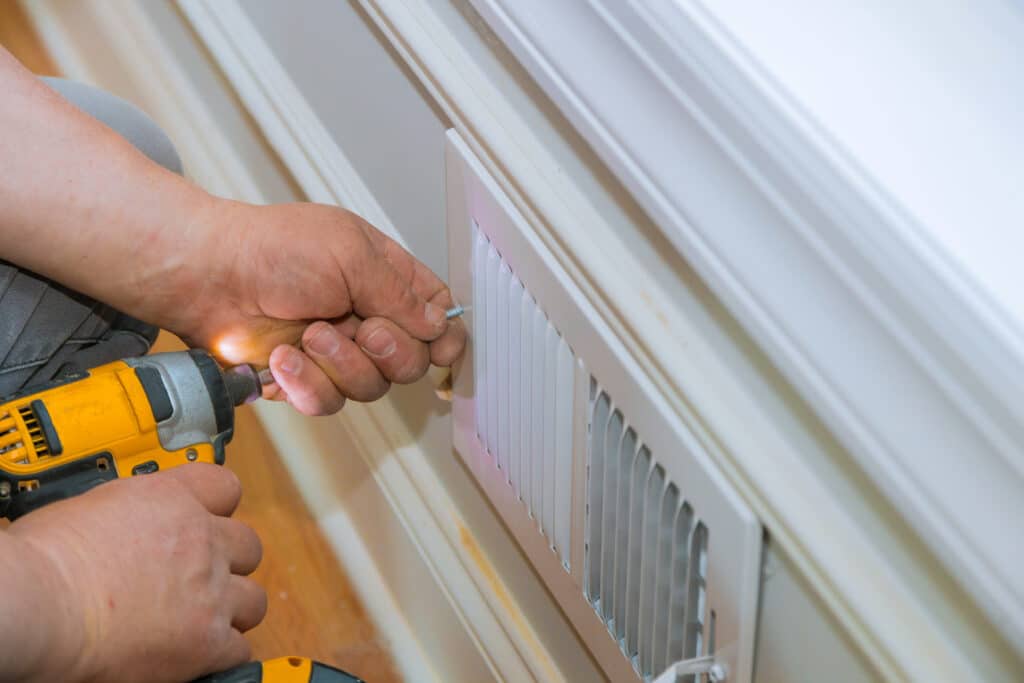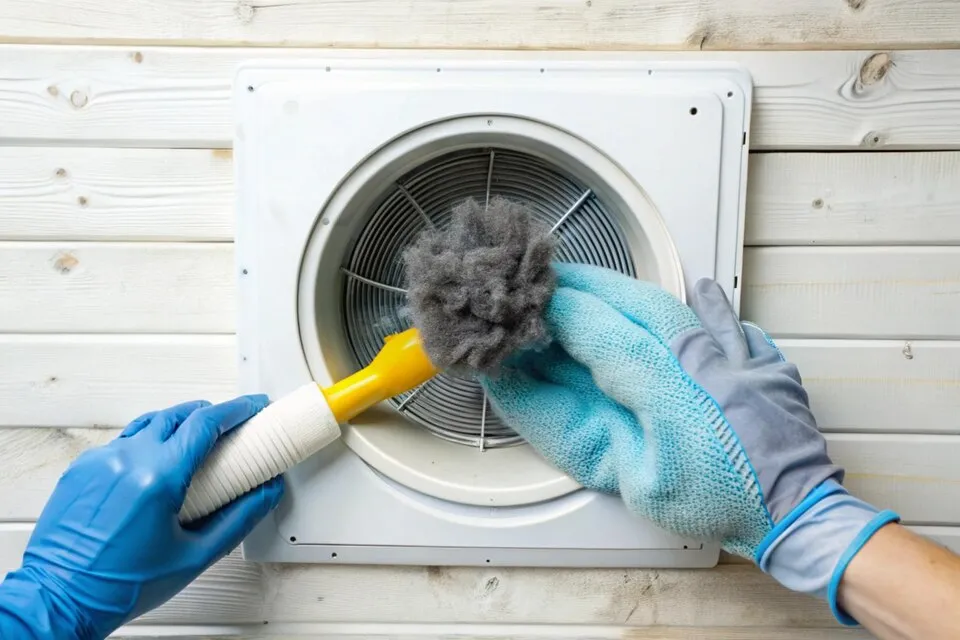When a fire occurs, the damage can extend beyond what the eye can see. One of the most overlooked areas is the ducts in your home or business. These hidden pathways can harbor smoke particles that affect indoor air quality long after the flames are extinguished. This is where smoke damage duct sanitizing becomes crucial. It ensures that the air circulating in your space is clean and safe for everyone. Understanding the importance of this process can help homeowners and business owners take the necessary steps to restore a healthy environment.
In this article, we will delve into the importance of smoke damage duct sanitizing, its benefits, and how it can be effectively carried out. We will also explore related topics such as mold in air ducts and the role of UV light in duct sanitizing. By the end, you’ll have a comprehensive understanding of how to manage smoke damage in your ducts and improve your indoor air quality.

Understanding Smoke Damage
Smoke damage is not just about the visible soot and odor. It involves tiny particles that can infiltrate every corner of your home, including the ductwork. These particles can linger for a long time, posing health risks and continuously degrading air quality. It’s important to remove these particles to restore the air quality in your home or business.
How Smoke Affects Ducts
Smoke particles are microscopic and can easily travel through the air, settling in ductwork. Once inside, they can recirculate every time the HVAC system is in operation. This continuous circulation can cause health issues such as respiratory problems and allergies.
The Importance of Duct Sanitizing
Duct sanitizing is a vital step in eliminating smoke residue and ensuring that the air you breathe is clean. It involves cleaning and disinfecting the ducts to remove contaminants. This process not only improves air quality but also enhances the efficiency of your HVAC system.
Benefits of Duct Sanitizing
Sanitizing your ducts offers numerous benefits. It removes harmful contaminants, reduces allergens, and prevents mold growth. Additionally, it can improve the efficiency of your HVAC system, potentially lowering energy costs. For more information on the benefits, see benefits of duct sanitizing.
Steps in Smoke Damage Duct Sanitizing
Proper duct sanitizing involves several steps to ensure thorough cleaning. This includes inspection, cleaning, and sanitizing using appropriate tools and chemicals.
Inspection
The first step is to inspect the ducts to assess the extent of smoke damage. This helps in determining the best approach for cleaning and sanitizing.
Cleaning
Cleaning involves removing soot, debris, and any other contaminants from the ducts. This can be done using specialized equipment designed to reach deep into the ductwork.
Sanitizing
Once the ducts are clean, sanitizing agents are applied to kill any remaining bacteria and neutralize odors. This step is crucial in ensuring that the air circulating through the ducts is safe.
Mold in Air Ducts
Mold can be a significant issue in ducts, especially if smoke damage has occurred. Smoke particles can create a conducive environment for mold growth. Learn more about mold in air ducts and how to prevent it.
UV Light for Duct Sanitizing
UV light can be an effective tool for sanitizing ducts. It kills bacteria and mold spores, ensuring that your ducts remain free from contaminants. For more details, visit UV light for duct sanitizing.
Common Mistakes in Duct Maintenance
Many homeowners make mistakes when it comes to maintaining their ducts. These can lead to reduced air quality and increased energy costs. Avoid these mistakes by checking out common mistakes homeowners make with ducts.
Signs You Need Duct Sanitizing
Knowing when to sanitize your ducts is crucial. Signs include persistent odors, visible mold, and poor air quality. Learn more about the signs you need duct sanitizing.
Professional Duct Cleaning Services
Hiring a professional duct cleaning service ensures that the job is done efficiently and effectively. Professionals have the expertise and equipment to handle smoke damage and other duct issues properly.
Choosing the Right Service
When selecting a duct cleaning service, consider their experience, reputation, and the methods they use. A reliable service will offer a comprehensive approach to cleaning and sanitizing your ducts.
Maintaining Air Quality Post-Sanitizing
Once your ducts are sanitized, maintaining air quality is essential. Regular maintenance, including changing air filters and checking for signs of contamination, can help keep your air clean.
Regular Maintenance Tips
Regularly inspect your HVAC system, clean or replace filters, and consider periodic professional inspections. These steps can help sustain the benefits of duct sanitizing.
Conclusion
Smoke damage duct sanitizing is an essential process for maintaining a healthy indoor environment. By understanding the impact of smoke on your ducts and the importance of sanitizing, you can take proactive steps to improve air quality in your home or business. Whether you’re dealing with the aftermath of a fire or looking to enhance your indoor environment, prioritizing duct sanitizing is a wise decision.

FAQs
What is smoke damage duct sanitizing?
Smoke damage duct sanitizing is the process of cleaning and disinfecting air ducts that have been contaminated by smoke particles from a fire. It involves removing soot, debris, and other contaminants to improve air quality.
How often should I sanitize my ducts?
It’s recommended to sanitize your ducts every three to five years. However, if you’ve experienced a fire or notice signs of smoke damage, you should have them sanitized immediately.
Can I sanitize my ducts myself?
While there are DIY methods for cleaning ducts, professional sanitizing is recommended for thorough and effective results. Professionals have the expertise and equipment to handle smoke damage properly.
This article contains affiliate links. We may earn a commission at no extra cost to you.